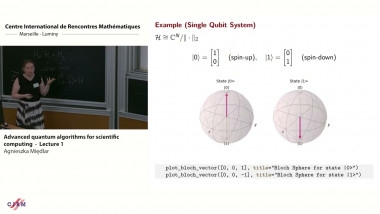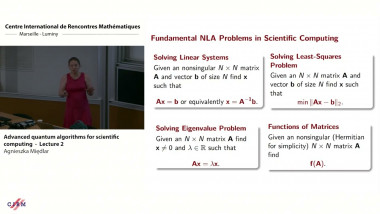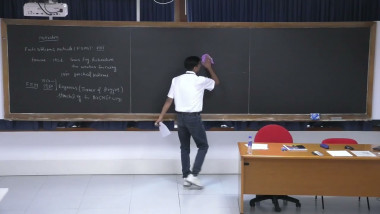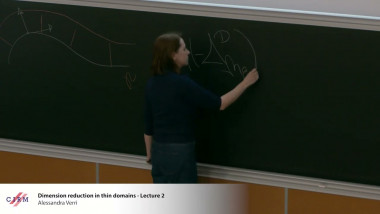Appears in collections : Special events, 30 Years of Wavelets, 30 years of wavelets / 30 ans des ondelettes, Actions thématiques
Coorbit theory was developed in the late eighties as a unifying principle covering (possible non-)orthogonal frame expansions in the wavelet and in the time-frequency context. Very much in the spirit of « coherent frames » or also reproducing kernels for a Moebius invariant Banach space of analytic functions one can describe a family of function spaces associated with a given integrable and irreducible group representation on a Hilbert space by its generalized wavelet transform, and obtain (among others) atomic decomposition results for the resulting spaces. The theory was flexible enough to cover also more recent examples, such as voice transforms related to the Blaschke group or the spaces (and frames) related to the shearlet transform.
As time permits I will talk also on the role of Banach frames and the usefulness of Banach Gelfand triples, especially the one based on the Segal algebra $S_0(G)$, which happens to be a modulation space, in fact the minimal among all time-frequency invariant non-trivial function spaces.
Keywords: wavelet theory - time-frequency analysis - modulation spaces - Banach-Gelfand-triples - Toeplitz operators - atomic decompositions - function spaces - shearlet transform - Blaschke group
















